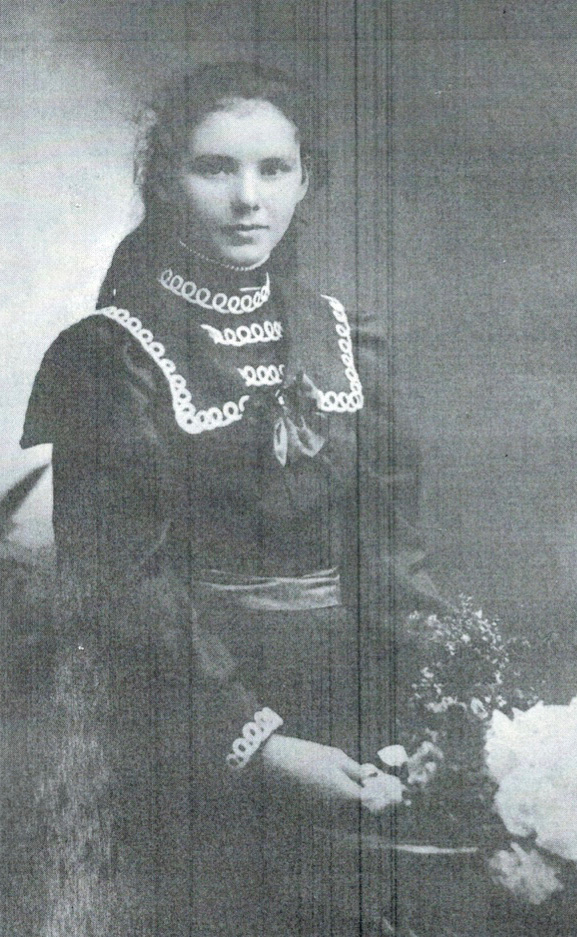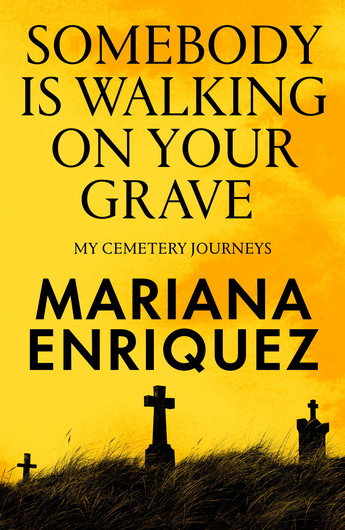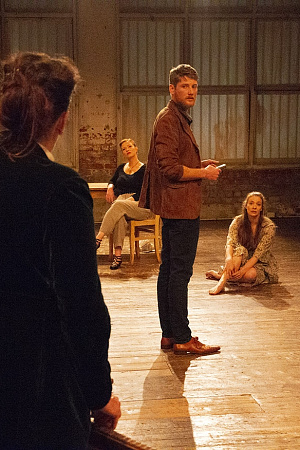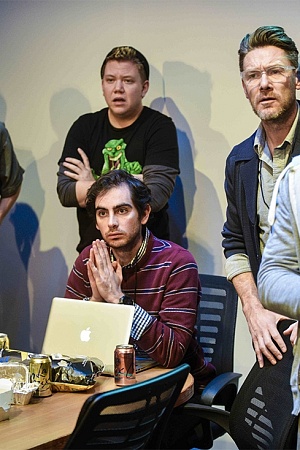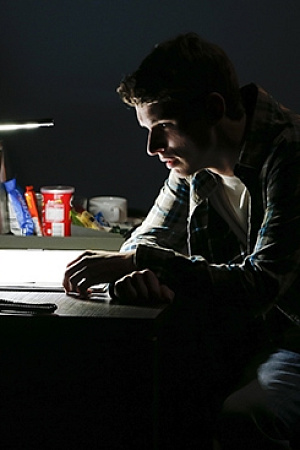Waiting for Godot
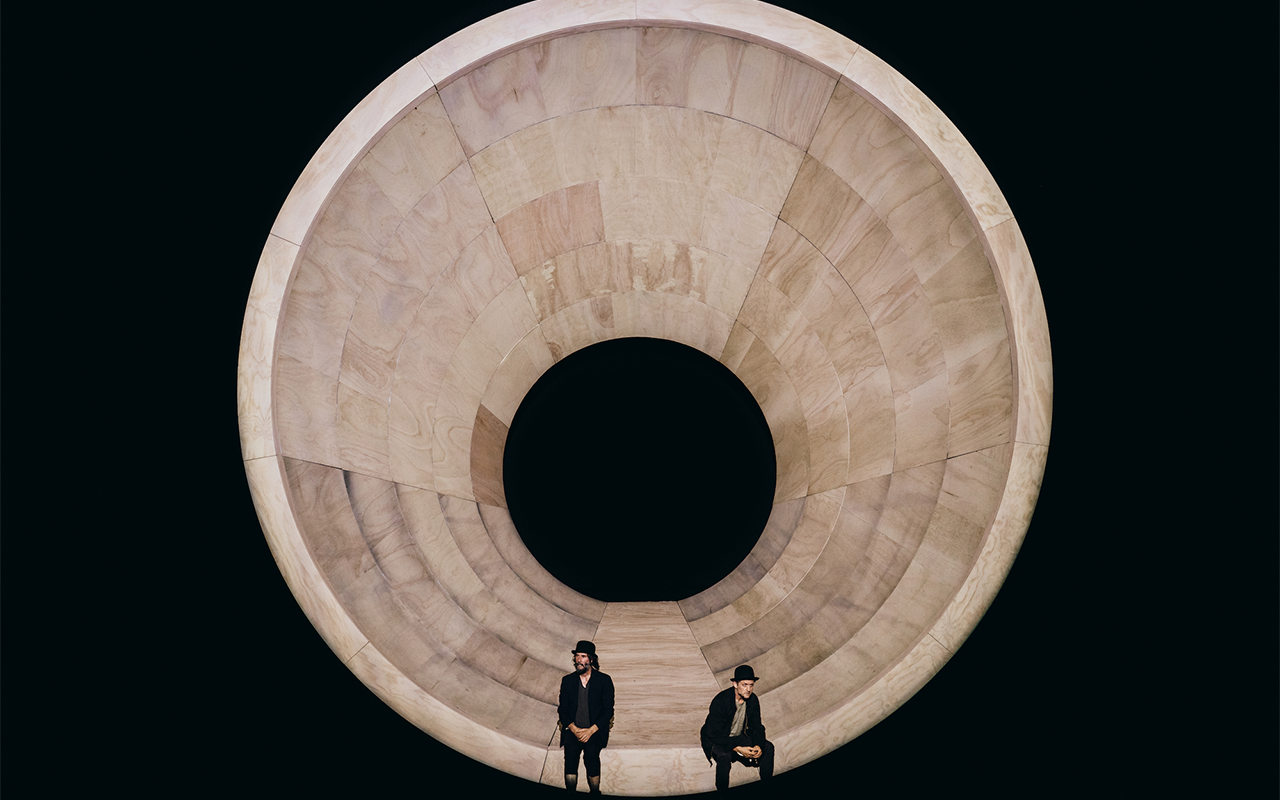
In his Broadway debut, sexagenarian Keanu Reeves has reunited with Alex Winter – his co-star from the Bill & Ted film trilogy (1989, 1991, 2020) – for Jamie Lloyd’s bold, minimalist production of Samuel Beckett’s classic. Hollywood stars seeking to prove their mettle on the stage can wrong-foot fans, opting for experimental fare, but this tendency is strangely fitting in Waiting for Godot, a play devoid of traditional exposition, in which confusion reigns supreme.
First, electronic beats play over the PA system. Then the house lights go out before Reeves and Winter, greeted with applause, are revealed. They inhabit the third star of the show: a marblesque cylindrical structure (imagine an alternative universe in which Guggenheim architect Frank Lloyd Wright designed the iconic gun-barrel opening credits for the James Bond films) created by Soutra Gilmour, which encompasses the entire stage for the duration of the two-and-a-half-hour production. A fifteen-minute interval aside, there is no respite for two actors who draw a Generation X crowd versed in Bill & Ted, not Beckett.
A pop culture ghost, the eponymous Godot never makes an appearance – Godot’s absence is emblematic of a play in which, as the tagline on the New York subway posters featuring Reeves and Winter boast, ‘Seriously, nothing happens’.
As Estragon and Vladimir, Reeves and Winter take their roles – but not themselves – seriously. Reeves, who last appeared onstage as Hamlet in Manitoba Theatre Centre’s 1995 production of the play in Winnipeg, Canada, initially suggested that he and Winter swap roles on a nightly basis. Winter, who had been a child Broadway actor, sensibly persuaded him against the idea with the argument that the job in hand was hard enough.
Not all film stars lusting after the prestige of the stage are willing to put in the legwork, but these two buddies were match-ready for previews. Their year of preparatory work reputedly included the study of clowning and Butoh (a form of Japanese dance theatre), as well as a visit to the Samuel Beckett Research Centre at the University of Reading in Lloyd’s native England. The only apparent shortcut they have taken (now standard practice on Broadway and in London’s West End) is to use microphones in the relative intimacy of the historic 970-capacity Hudson Theatre.
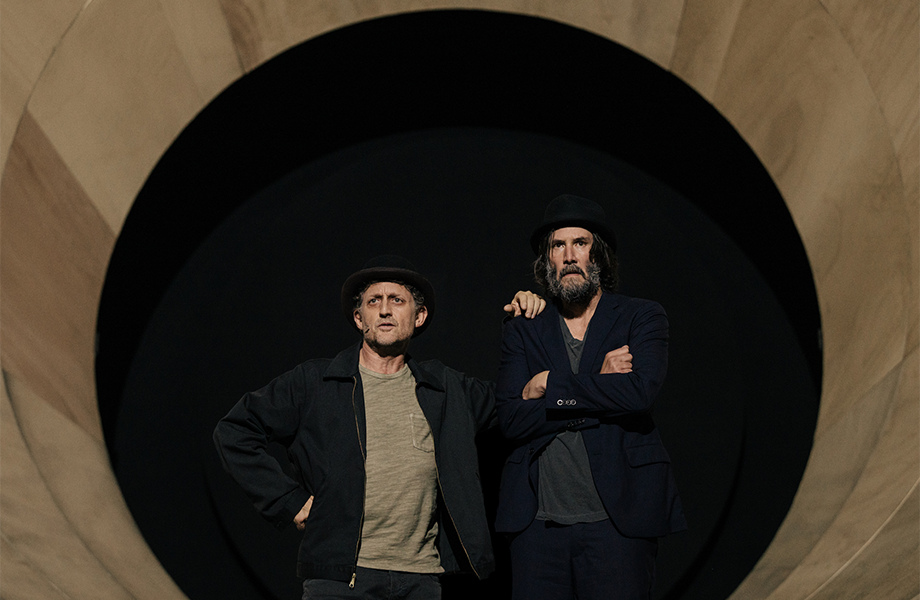 Alex Winter as Vladimir and Keanu Reeves as Estragon (photograph by Andy Henderson)
Alex Winter as Vladimir and Keanu Reeves as Estragon (photograph by Andy Henderson)
Another sign of the times was the absence of a playtext at the concession stand, which was instead doing swift trade in totes, fridge magnets, and posters featuring iconic extracts of dialogue, such as ‘Either I forget immediately, or I never forget’ (a forebear of Ted’s ‘I better remind myself again’). The Beckett estate give little quarter when it comes to adaptation, but I still wanted to check if the line that elicited the evening’s first big laugh – ‘We should have thought of it a million years ago, in the nineties’ – had not been surreptitiously introduced. (It is in the original play.)
There is a reason Godot attracts actors with a shared history – the last Broadway production starred Patrick Stewart and Ian McKellen. A two-hander, the play hinges on the repartee between actors playing characters that are, in Estragon’s self-diagnosis, ‘incapable of keeping silent’ (to which Vladimir responds, ‘You’re right, we’re inexhaustible’). Beckett’s dialogue is peerless in combining lyricism with colloquialisms, but it can become exhausting in performance without some complicity between the on-stage characters and audience.
Beckett is the master of marrying the physical with the verbal, but vaudeville dimensions (in a play with few stage directions, it is stipulated that the actors don bowler acts) can easily lapse into pastiche. Robin Williams was accused of playing to the lowest common denominator in a 1988 off-Broadway production, also starring Steve Martin.
Lloyd instead imposes restraint on the first Act. Scenes such as the one in which Estragon battles with removing a smelly shoe are crisp, tightly choreographed vignettes. When he stumbles upon the exploitative master Pozzo (Obie Award-winner Brandon J. Dirden) and the ironically named Lucky (Michael Patrick Thornton), a lackey resigned to servitude, Vladimir wants to hear the poor man’s thoughts while the less intellectual Estragon requests that he dance. The temptation to milk Lucky’s underwhelming moves for comic effect is resisted, giving way instead to an unsettling scene: a child draped in white robes (Eric Williams on the evening I attended, who alternates performances with Zaynn Arora) wanders the stage, his inconclusive and fearful utterances bringing Act I to an uncanny close.
Act II becomes increasingly physical but remains disciplined. The dexterity with which Winter and Reeves keep a straight face as they swap hats at an increasingly rapid and rabid rate suggests they could have had successful careers in silent as well as sound cinema. A refusal to lean on celebrity is intimated in Reeves’s body language: he appears lagged down by his tall, slim frame. He may be the screen action hero, but it is Winter (whose post Bill & Ted career has involved directing, producing, and appearing in indie films and documentaries) who enacts the futile circularity of the play, running up and down the cylindrical limits of the stage as if he were a spiral skateboarder – minus a skateboard.
The self-enclosed funnel embodies the notion of two characters with neither backstory nor obvious destination. Beckett may never have proclaimed Beethoven a fan of Bon Jovi’s Slippery when Wet (1986) album – nor compared Socrates to Ozzy Osbourne for being unfairly accused of corrupting the nation’s youth, à la Bill & Ted – but Godot’s irreverent combination of high and low culture breathed new life onto the stage when it was first performed in the 1950s. In 2025, Reeves and Winter resurrecting Bill and Ted’s air-guitar pose gets the night’s biggest cheer.
That brief concession to the gallery aside, Reeves eschews the usual star tricks: he neither breaks the fourth wall, nor directs his gaze towards the audience, and does not even stick around long enough during the curtain call for click-happy patrons with mobile phones at the ready. This is not what confused spectators had paid over 250 dollars to see (a couple behind me debated whether the play was based on a true story). Waiting for Godot stands or falls on the openness of its audience towards jettisoning conventional theatrical resolutions for something different. What Lloyd’s production sacrifices in audience complicity it gains in avoiding two pitfalls: imposing meaning onto a meaningless play, or reducing its meaninglessness to a one-dimensional joke.Still, the creatives might have to reconsider such a radical stance before the close of the run in January. Catch this Godot whilst you can.
Waiting for Godot is playing on Broadway until 4 January 2026. Performance attended: September 18.


